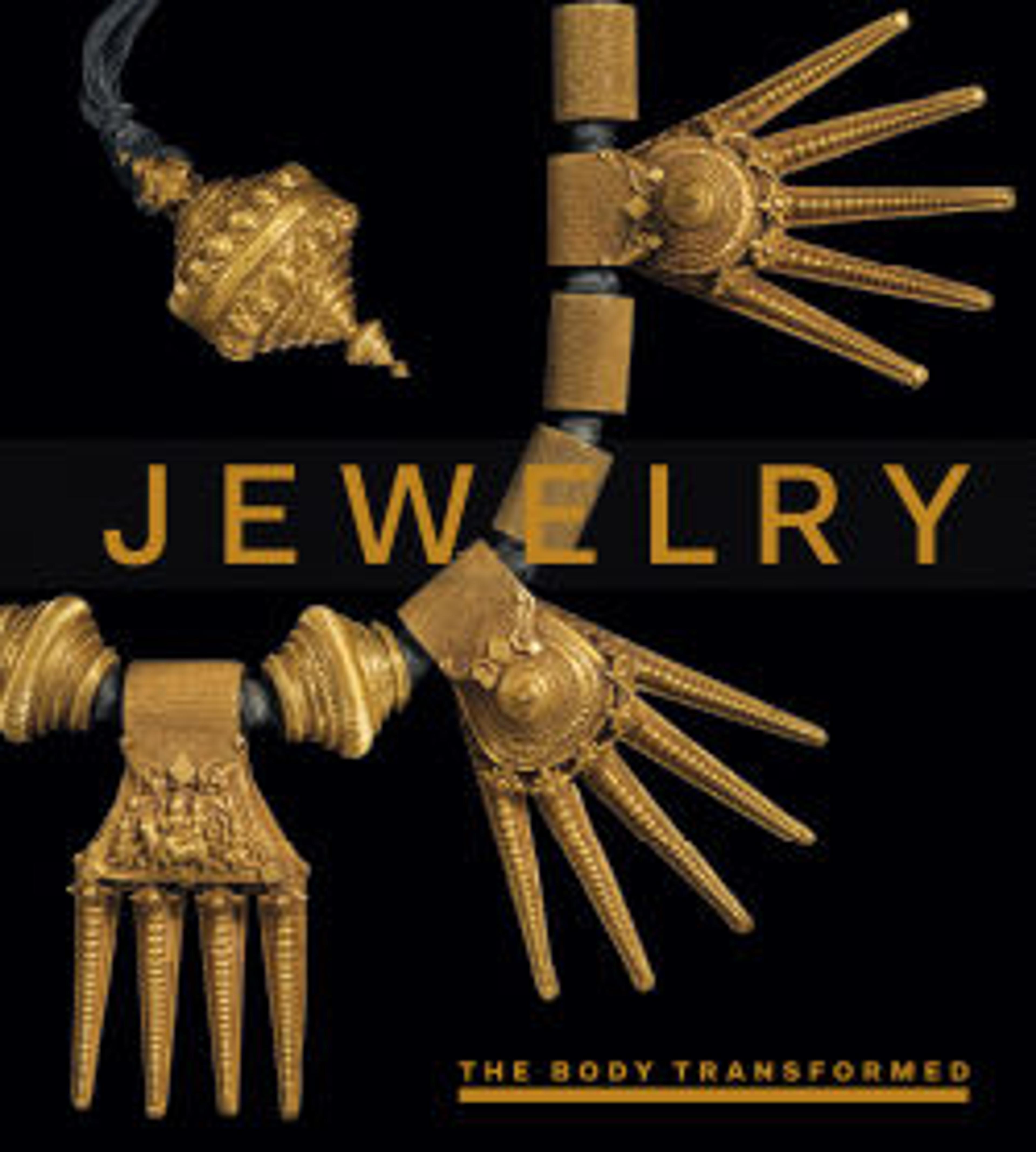Crossbow Brooch
Crossbow brooches were in vogue as sumptuous imperial gifts from 280 to the mid-sixth century. One of seven extant with pierced openwork, this brooch represents an intermediate stage in the development of such objects, datable to about 480. Our example, like one from the grave of Omharus, king of the Gepids, has a Latin cross in the center of the top panel, making it overtly Christian.
The point of the pin is inserted into a socket in the brooch's foot, and the looped pinhead fits into a perforation at the back center of the head. The pinhead is released by unscrewing the left hexagonal terminal. Because of its sophistication as a mechanism, the screw became a status symbol in jewelry.
The point of the pin is inserted into a socket in the brooch's foot, and the looped pinhead fits into a perforation at the back center of the head. The pinhead is released by unscrewing the left hexagonal terminal. Because of its sophistication as a mechanism, the screw became a status symbol in jewelry.
Artwork Details
- Title: Crossbow Brooch
- Date: ca. 430
- Geography: Made in Rome/Constantinople
- Culture: Late Roman or Byzantine
- Medium: Gold
- Dimensions: Overall: 4 11/16 x 2 3/16 x 1 9/16 in. (11.9 x 5.5 x 4 cm)
- Classification: Metalwork-Gold
- Credit Line: Purchase, Lila Acheson Wallace Gift, 1995
- Object Number: 1995.97
- Curatorial Department: Medieval Art and The Cloisters
Audio
2800. Crossbow Brooch
0:00
0:00
We're sorry, the transcript for this audio track is not available at this time. Please email info@metmuseum.org to request a transcript for this track.
More Artwork
Research Resources
The Met provides unparalleled resources for research and welcomes an international community of students and scholars. The Met's Open Access API is where creators and researchers can connect to the The Met collection. Open Access data and public domain images are available for unrestricted commercial and noncommercial use without permission or fee.
To request images under copyright and other restrictions, please use this Image Request form.
Feedback
We continue to research and examine historical and cultural context for objects in The Met collection. If you have comments or questions about this object record, please contact us using the form below. The Museum looks forward to receiving your comments.
